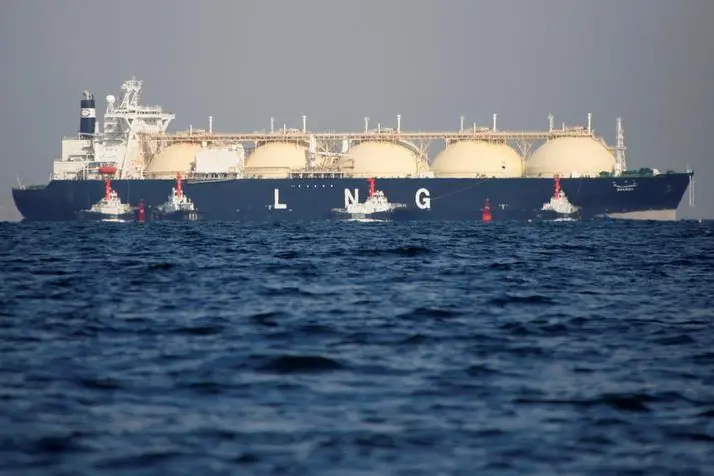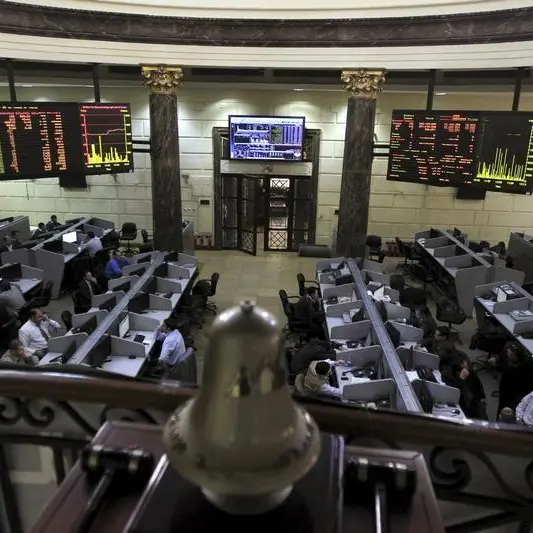PHOTO
U.S. natural gas futures slid about 2% on Thursday from a 13-year high in the prior session on forecasts for milder weather and less cooling demand next week than previously expected. That price decline came ahead of a federal report expected to show last week's storage build was smaller than usual as much higher prices in Europe keep demand for U.S. liquefied natural gas (LNG) exports strong.
Analysts forecast U.S. utilities added 68 billion cubic feet (bcf) of gas to storage during the week ended April 29. That compares with an increase of 53 bcf in the same week last year and a five-year (2017-2021) average increase of 78 bcf.
If correct, last week's increase would boost stockpiles to 1.558 trillion cubic feet (tcf), or 16.8% below the five-year average of 1.873 tcf for this time of the year. U.S. front-month gas futures for June delivery fell 12.9 cents, or 1.5%, to $8.286 per million British thermal units (mmBtu) at 10:20 a.m. EDT (1420 GMT).
On Wednesday, the contract closed at its highest since August 2008 for a second day in a row as gas futures followed oil prices higher after the European Union (EU) proposed a phased embargo on Russian oil following Moscow's invasion of Ukraine.
Analysts said the proposed oil embargo increased the possibility the EU will also ban Russian gas in the future. In the spot market, meanwhile, gas prices in several parts of the United States and Canada soared this week as power generators burned more of the fuel to meet higher air conditioning demand during an early spring heatwave in the U.S. South and West. U.S. gas futures have already gained about 122% so far this year as higher global prices kept demand for U.S. LNG exports near record highs since Russia invaded Ukraine on Feb. 24. Gas was trading around $33 per mmBtu in Europe and $24 in Asia.
The U.S. gas market, however, remains mostly shielded from those much higher global prices because the United States is the world's top gas producer, with all the fuel it needs for domestic use while capacity constraints inhibit exports of more LNG no matter how high global prices rise. Data provider Refinitiv said average gas output in the U.S. Lower 48 states slid to 94.0 billion cubic feet per day (bcfd) so far in May from 94.5 bcfd in April. That compares with a monthly record of 96.1 bcfd in November 2021. Refinitiv projected average U.S. gas demand, including exports, would slide from 90.8 bcfd this week to 89.9 bcfd next week as the weather turns seasonally milder. The forecast for next week was lower than Refinitiv's outlook on Wednesday.
The amount of gas flowing to U.S. LNG export plants held around 12.2 bcfd so far in May, the same as April, and down from a record 12.9 bcfd in March. The United States can turn about 13.2 bcfd of gas into LNG. Since the United States will not be able to produce much more LNG anytime soon, the country has worked with allies to divert LNG exports from elsewhere to Europe to help European Union (EU) countries and others break their dependence on Russian gas.
Russia, the world's second-biggest gas producer, has provided about 30%-40% of Europe's gas, totaling about 18.3 bcfd in 2021.
(Reporting by Scott DiSavino; Editing by Will Dunham)












